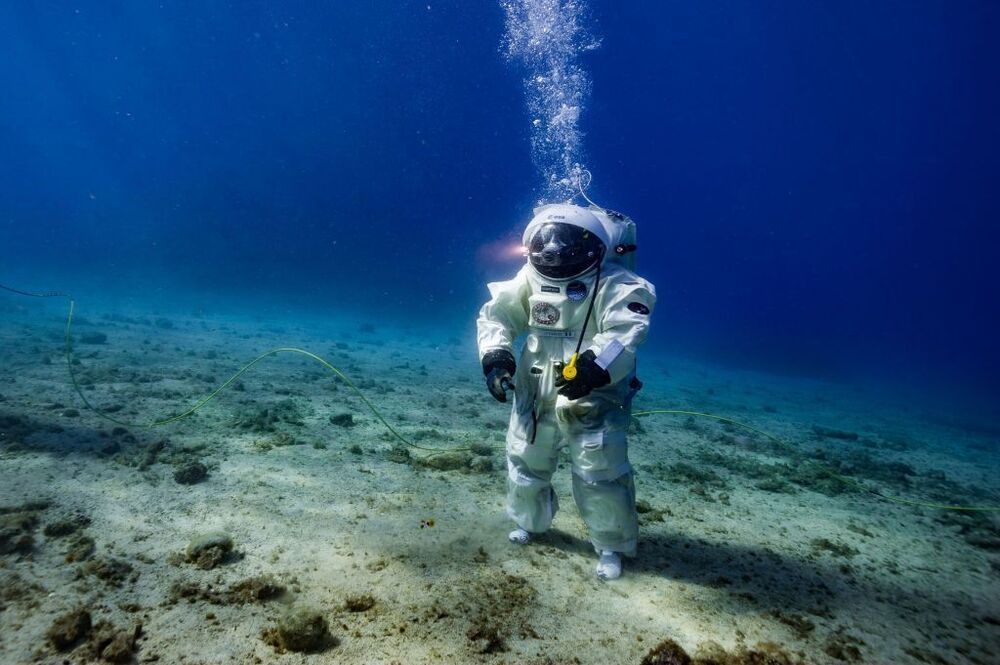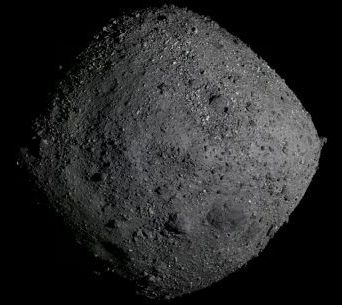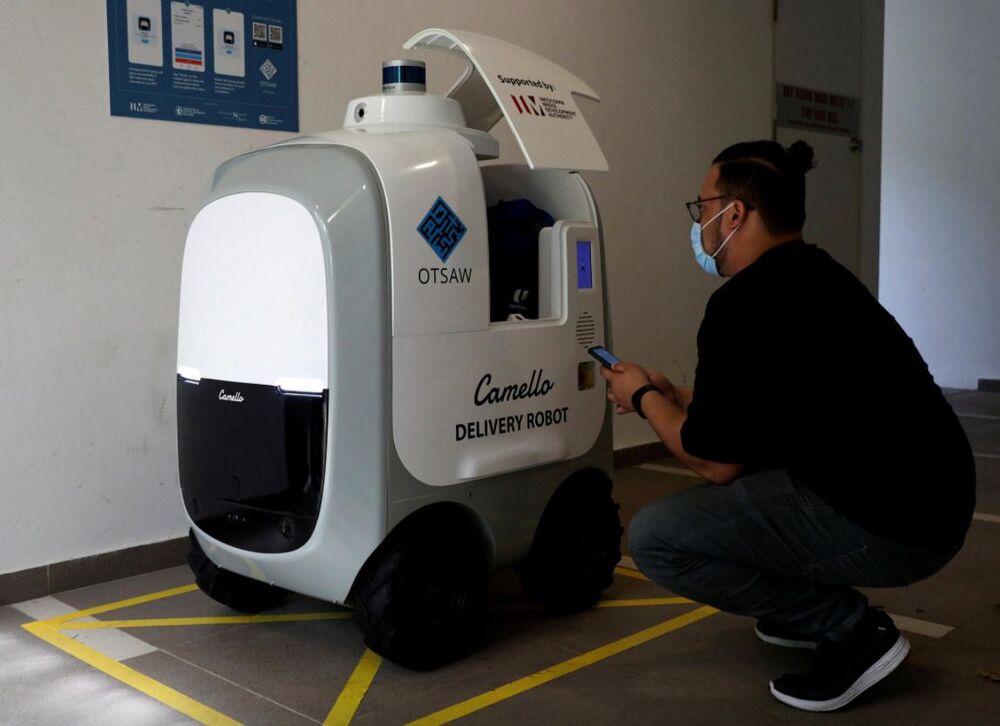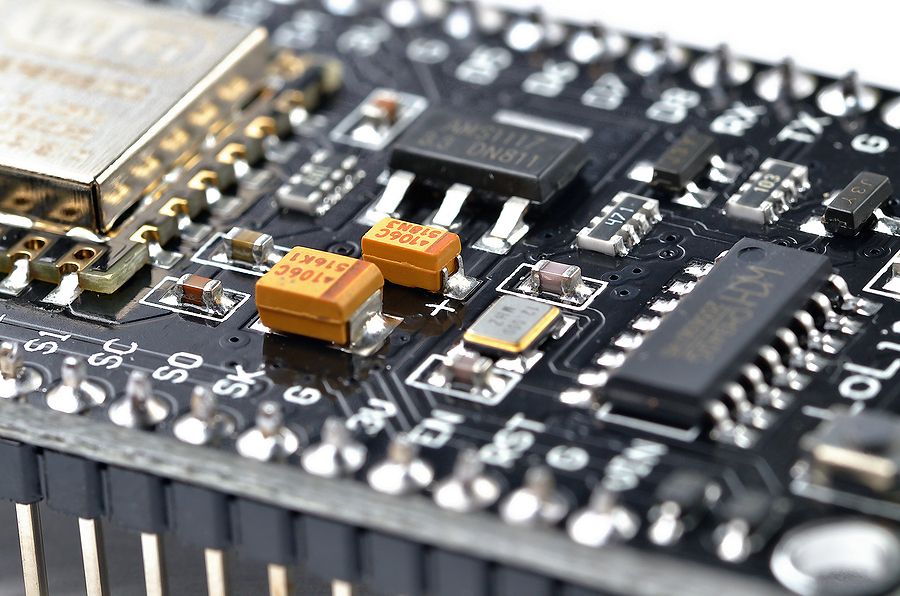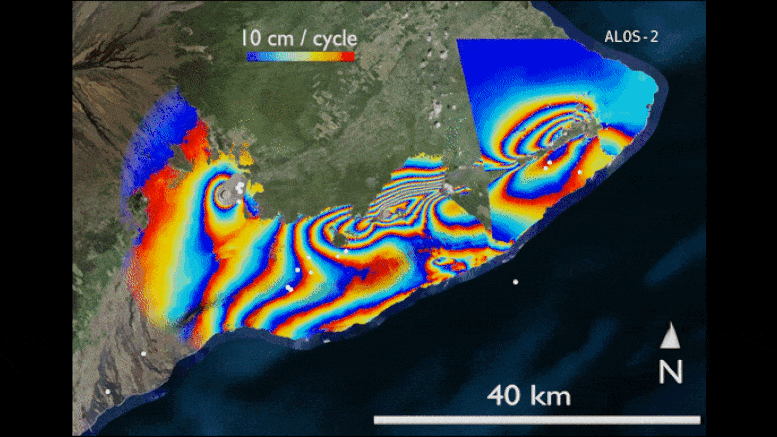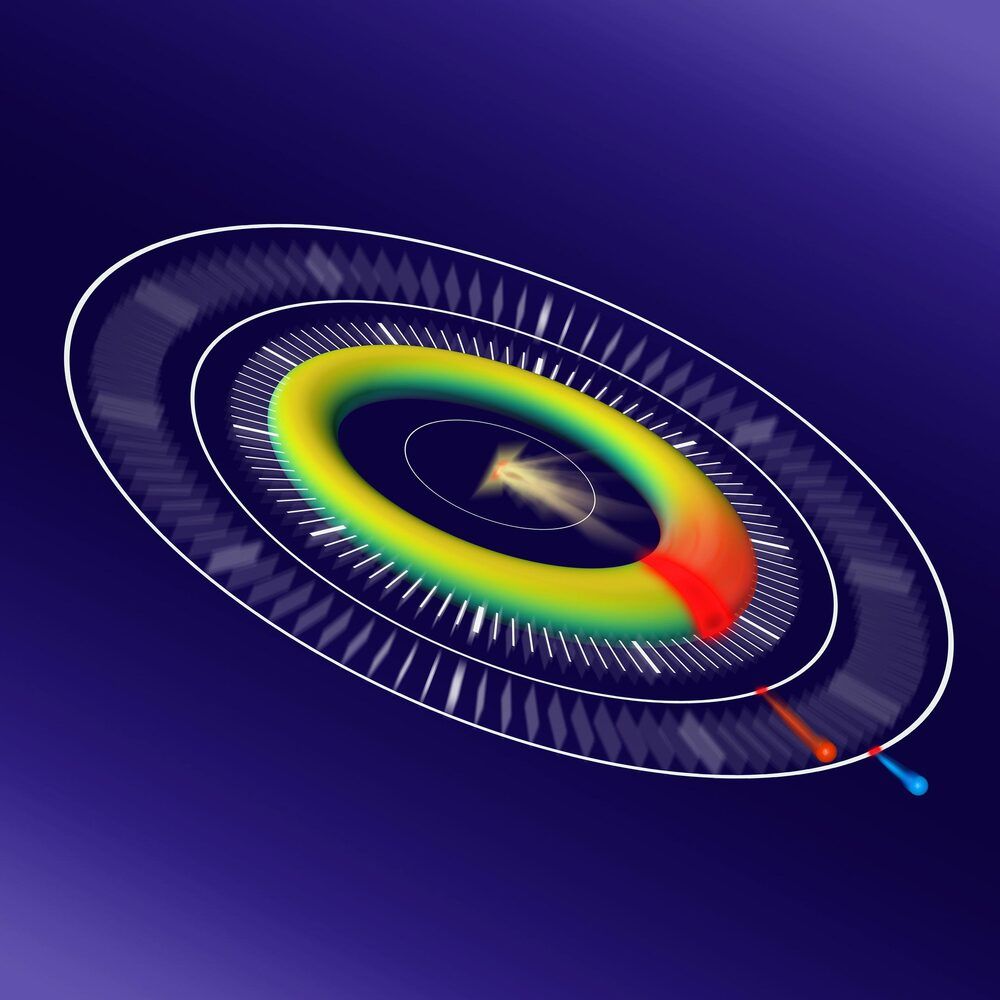
“Gene editing offers unique opportunities to make food production more sustainable and to further improve the quality, but also the safety, of food. With the help of these new molecular tools, more robust plants can be developed that deliver high yields for high-quality nutrition, even with less fertiliser,” says co-author Stephan Clemens, Professor of Plant Physiology at the University of Bayreuth and founding Dean of the new Faculty of Life Sciences: Food, Nutrition & Health on the Kulmbach campus.
For more sustainability on a global level, EU legislation should be changed to allow the use of gene editing in organic farming. This is what an international research team involving the Universities of Bayreuth and Göttingen demands in a paper published in the journal “Trends in Plant Science”.
In May 2020, the EU Commission presented its “Farm-to-Fork” strategy, which is part of the “European Green Deal”. The aim is to make European agriculture and its food system more sustainable. In particular, the proportion of organic farming in the EU’s total agricultural land is to be increased to 25 percent by 2030. However, if current EU legislation remains in place, this increase will by no means guarantee more sustainability, as the current study by scientists from Bayreuth, Göttingen, Düsseldorf, Heidelberg, Wageningen, Alnarp, and Berkeley shows.

